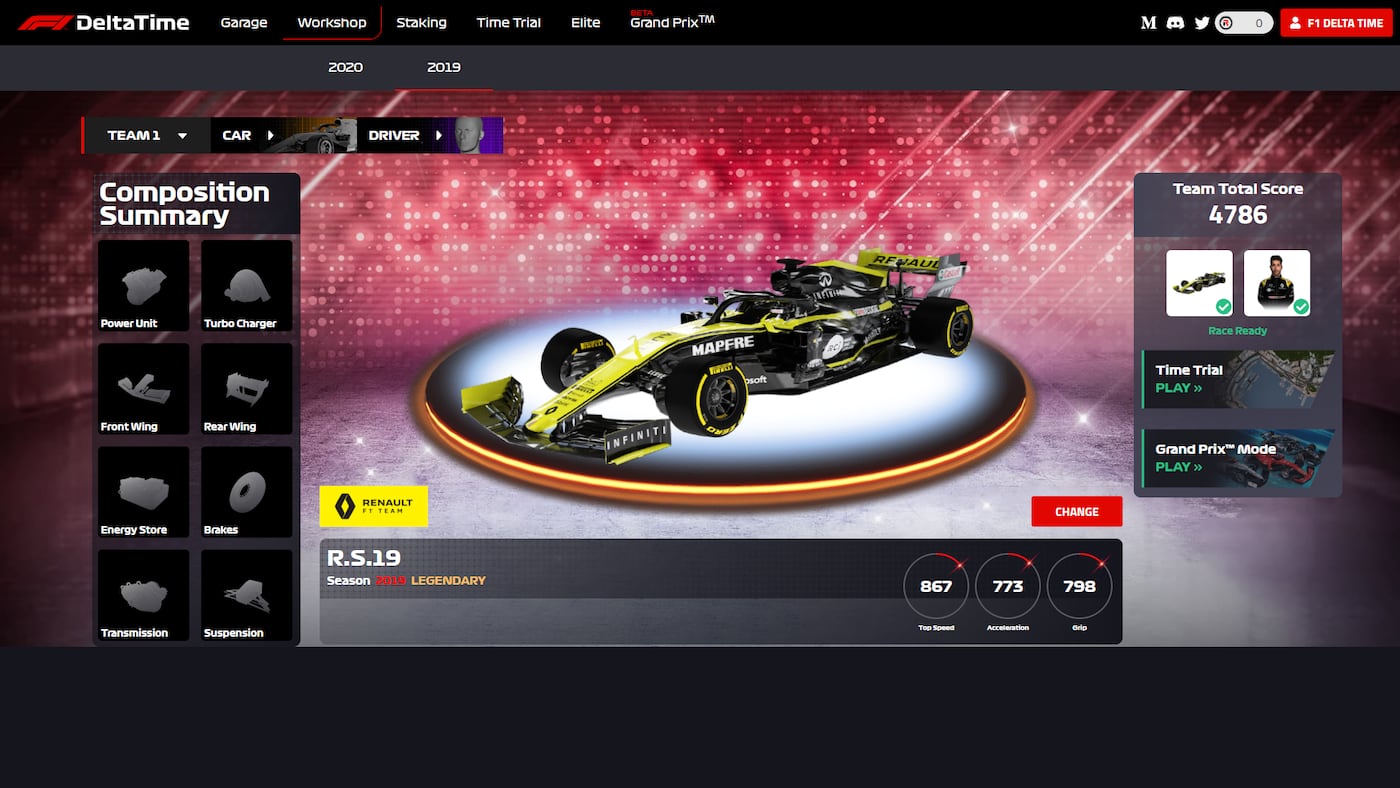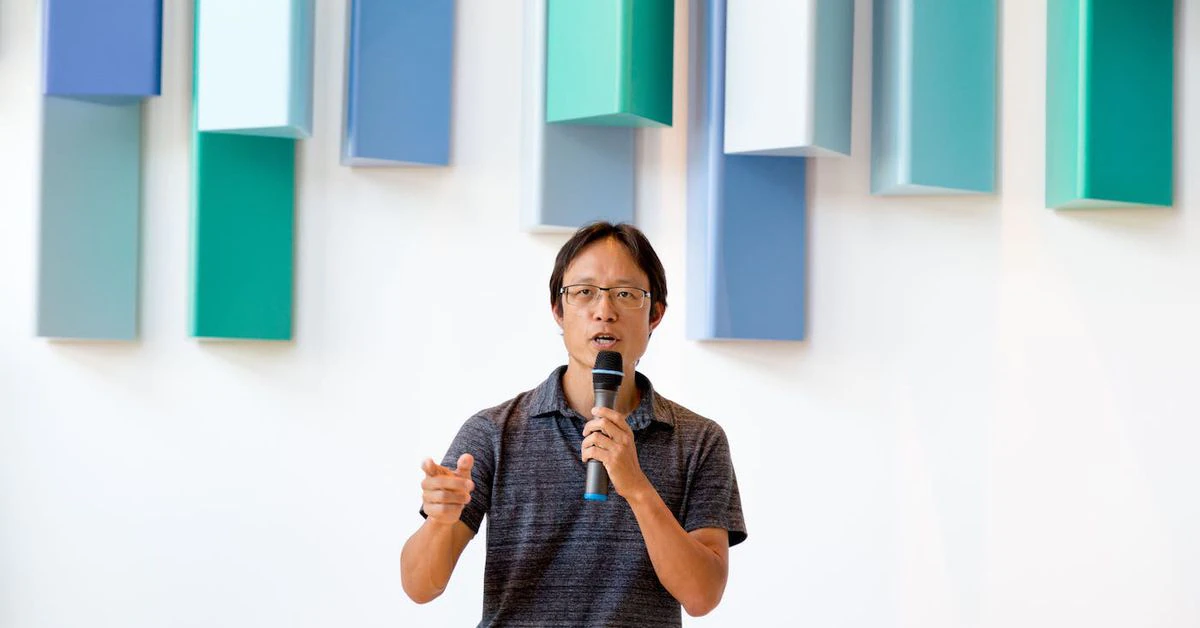The most expensive non-fungible token (NFT) sold in 2019 was a digital car for the blockchain racing game, F1 Delta Time (at just over $100,000, th
The most expensive non-fungible token (NFT) sold in 2019 was a digital car for the blockchain racing game, F1 Delta Time (at just over $100,000, the sale seems small-fry now). At the time, the “hyper-limited” 1–1–1 was the first official Formula 1 NFT, the first car auctioned by F1 Delta Time, and the priciest virtual car in history. And no one, not even its creators at Animoca Brands, nor OpenSea, the NFT marketplace where the auction was conducted, knew who bought it.
The sale was highly controversial and widely seen as nothing more than an elaborate marketing ploy by Animoca Brands because the buyer of the NFT could not be identified. It would be more than 18 months before the owner was revealed as MetaKovan, the founder and financier of the NFT-focused crypto fund Metapurse. He (real name: Vignesh Sundaresan) recently bought an NFT from the artist Beeple for $69 million.
Leah Callon-Butler, a CoinDesk columnist, is the Director of Emfarsis, a consulting firm based in Southeast Asia that represents play-to-earn sector clients including Animoca Brands, Yield Guild Games, Blockchain Game Alliance and others.
“The 1–1–1 is indeed a unique creation and reflects MetaKovan’s convictions about this space, and about the quality and undeniable appeal of Animoca Brands’ work,” said Twobadour, a “Steward of Metapurse” and MetaKovan’s public interface. (Read this brilliant whodunnit for the full saga.)
Yat Siu, chairman of Animoca Brands, has been investing in the NFT space since early 2018. Back then, he said, it was “lonely” because there weren’t many people into NFTs. But the fledgling ecosystem needed support. So for a relatively small check amount, he could help seed the market.
The culture of NFTs will change now because a whole new set of people are coming in.
Notably, Animoca Brands was an early investor in Dapper Labs, the company behind CryptoKitties and NBA Top Shot. It also backed Decentraland, the first fully decentralized world (like Second Life on a blockchain), and NFT marketplaces including OpenSea, WAX and Bitski.
In addition to developing its own titles such as F1 Delta Time and The Sandbox, it invested in blockchain game developers Lucid Sight and Sky Mavis (the latter being the creators of the Pokémon-like fantasy battle game, Axie Infinity).
See also: How NFTs Became Art, and Everything Became an NFT
More recently, Animoca Brands joined a seed investment round for Yield Guild Games, a decentralized autonomous organization (DAO) for game-based NFTs.
Siu says he wants to work with people who share his vision to amplify the open framework rather than reduce it or control it. After Animoca was unceremoniously deplatformed from the App Store in 2012 (at the time it was one of the world’s top mobile game developers), he experienced at first hand the value of open and permissionless communities.
Ever since, he’s been a crusader for digital property rights, a concept gamers understand. They don’t find it difficult to imagine owning a virtual car or buying a piece of virtual land and building something on it. Even if they have no understanding of blockchain and no exposure to NFTs, gamers have a natural affinity to the idea of digital ownership. It’s not alien to them to spend some money on virtual goods or virtual assets.
An advocate for freedom, individual expression and radical inclusion, Siu views NFTs as the asset-centric mechanism to deliver true digital rights in virtual worlds and beyond, allowing us to express ourselves and tell stories about our identity through the virtual things that we own.
See also: Callon-Butler – The NFT Game That Makes Cents for Filipinos During COVID
The following is a condensed excerpt from a longer conversation I had with Siu about his goals for the “metaverse” – the idea of an extensive virtual economy where NFTs and our digital selves reside.
How does it feel now everyone has gone crazy for NFTs?
It’s amazing, right? There’s definitely a sense of vindication for those of us in the industry. Because we had a mission that we believed in and we decided to see it through.
But the space is also becoming very competitive. I used to have a good view as to what was going on. I don’t anymore. All sorts of projects are coming through which are run by people who didn’t even know what an NFT was barely a month ago. And there’s also a lot of money involved now. So I think there’s a hype cycle happening.

What is it like to have all these outsiders suddenly giving you their opinions on NFTs?
Before this, we [the NFT community] were just talking to each other in an echo chamber. So we were all bouncing off each other’s ideas and we weren’t thinking about other ways of doing or approaching things because we were always just agreeing with each other.
And now, you’ve got some people saying very negative things about NFTs. Some are poorly informed but others have a real point.
I think that this discourse is good and healthy because it gives us a bit of…
www.coindesk.com
